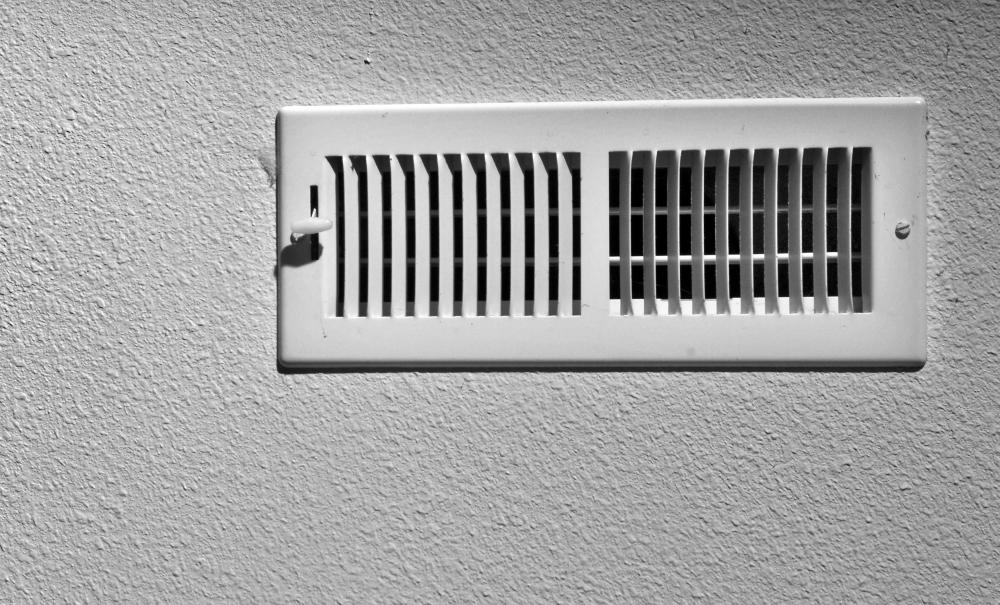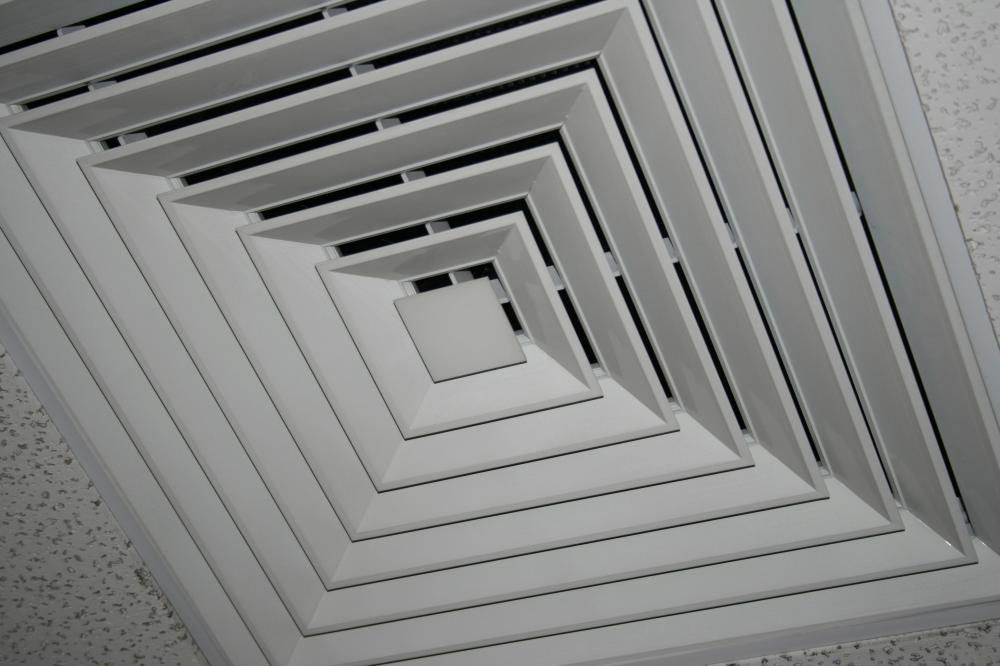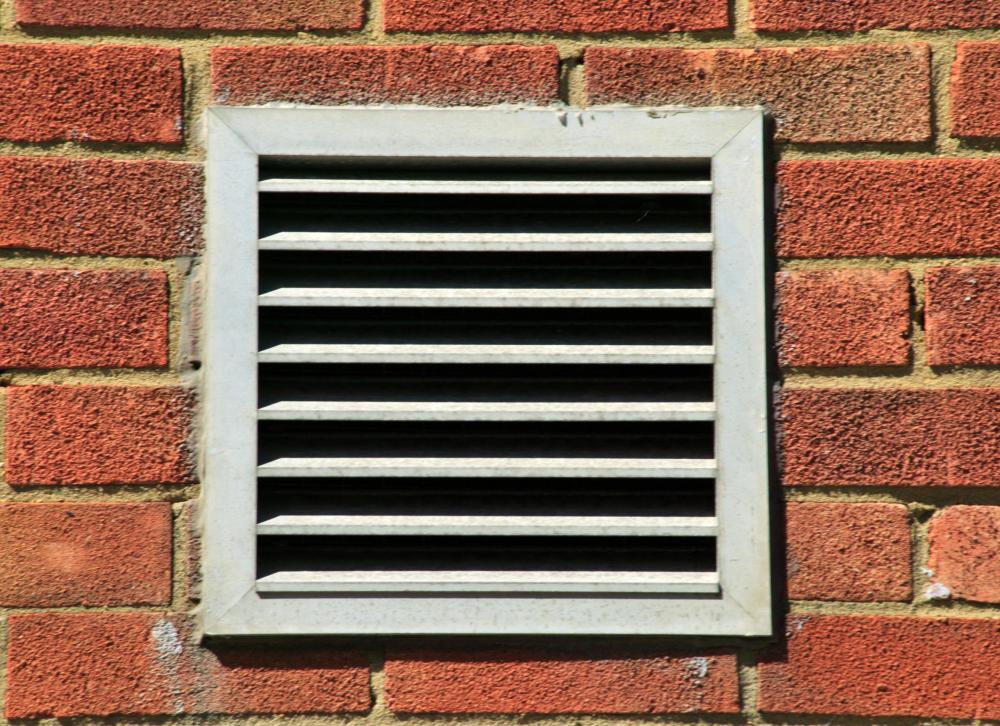At WiseGEEK, we're committed to delivering accurate, trustworthy information. Our expert-authored content is rigorously fact-checked and sourced from credible authorities. Discover how we uphold the highest standards in providing you with reliable knowledge.
How do I Clean Air Ducts?
Air conditioning and heating systems circulate air through a network of ducts in a home’s crawl spaces. Filters are designed in most systems to trap dirt before it enters the ductwork, but over time these become dirty, too. A homeowner can clean the ducts without professional help by replacing filters and cleaning all duct covers and the ducts themselves with common household tools.
Begin the process of developing clean air ducts by determining if the ducts need cleaning. If grills appear covered with lint or other dirt, the ducts likely need cleaning. Even if the exterior of the grills appear clean, cleaning may be necessary, and this can be determined by removing the grill and inspecting the wall around it where the duct contacts the building material. If this area is dirty, the ducts need cleaning as well.
Replacement filters and a number of common tools are required for the job. The homeowner will need gloves, soft brushes, rags, a screwdriver and a vacuum cleaner. A hose attachment for the vacuum with brush head for the hose also is necessary.

Turn the heating or air conditioning units off before starting to clean air ducts. Once off, remove and inspect air filters in the unit. Filters should be replaced at the suggested interval of the filter manufacturer, or about every six months. If the filter appears dirty, it likely needs replacing.
Remove all air duct and return vent covers. This will require the appropriate screwdriver, removing the screws carefully so as not to drop them in the ducts. Clean air ducts will not stay clean if the duct covers are dirty. Using the soft brush, thoroughly brush all grill surfaces then wipe with a damp rag and wipe again with a dry rag.

Clean air ducts themselves first by vacuuming the areas of the ducts that can be reached with the vacuum hose and brush attachment. Many ducts are made of metal, but some are soft-sided, and care should be taken not to puncture them. After vacuuming, gently brush the ducts, then wipe with a dry rag. Do not trap moisture in the duct system. Finally, vacuum the areas that can be reached again, being careful not to drop or leave any cleaning implements in the ductwork.
Replace all duct and return vent grills. If any of the grill cleaning was done indoors, vacuum the area where the cleaning took place. Regardless of where the cleaning was done, vacuum the area around the grills and the return vent covers.

Dirt is easily trapped on heater fan blades and on air conditioning cooling coils. These can be cleaned as well, but it requires shutting off power to the units and removing fan and coil covers. Fan blades and coils can be cleaned with a vacuum hose and brush attachment. This is more complex work, and the homeowner should consider his or her ability to accomplish the task before beginning it. Professional help might be appropriate for these areas.
AS FEATURED ON:
AS FEATURED ON:













Discuss this Article
Post your comments